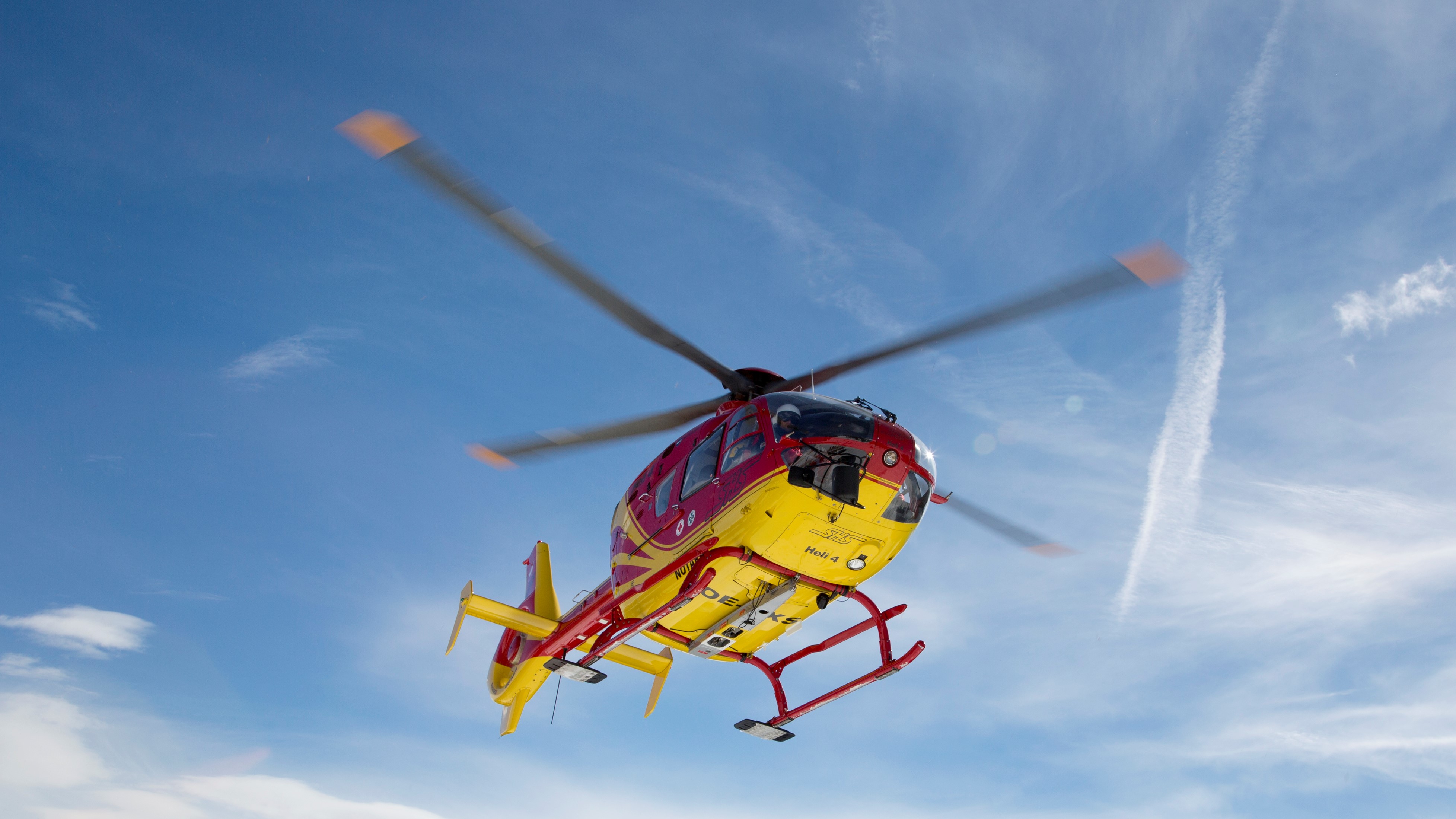
Emergency rescuers have warned members of the public to make sure they know how to signal a helicopter before exploring the backcountry. The advice comes after a hunter became lost in the Colorado wilderness overnight, and didn't know how to send a message to emergency helicopters circling overhead.
As OutThere Colorado reports, the man was part of a hunting party that had set up camp in the backcountry near the Upper Cataract Lake area in Silverthorne. The man's brother reported him missing on the morning of September 7 after he'd failed return the previous night.
Summit County Rescue Group (SCRG) dispatched helicopters, and crew member eventually spotted the man at around 5:30pm in a heavily wooded area with downed trees and dense foliage. He was tired and dehydrated, but otherwise fine.
Just saying hello?
After being rescued, the man explained that he'd seen helicopters above him earlier in the day, and realized they must be looking for him. He moved to open ground, but didn't know the correct way to signal that he needed help.
"He waved at the pilots in a very slight gesture that they interpreted to mean he was simply saying hello and not in distress," said SCRG in a statement. "An effective way to signal a helicopter is with big gestures such as waving both arms vigorously over one's head, or waving a bright-colored piece of clothing."
You can also send a universal distress signal by raising both arms to create a 'Y' shape, meaning 'yes, I need help'. If you don't need assistance, you can raise one arm and lower the other to form an 'N', meaning 'no'.
- Best hiking boots: footwear to keep you comfortable and secure on the trail
All the latest inspiration, tips and guides to help you plan your next Advnture!

Cat is the editor of Advnture, She’s been a journalist for 15 years, and was fitness and wellbeing editor on TechRadar before joining the Advnture team in 2022. She’s a UK Athletics qualified run leader, and in her spare time enjoys nothing more than lacing up her shoes and hitting the roads and trails (the muddier, the better), usually wearing at least two sports watches.
